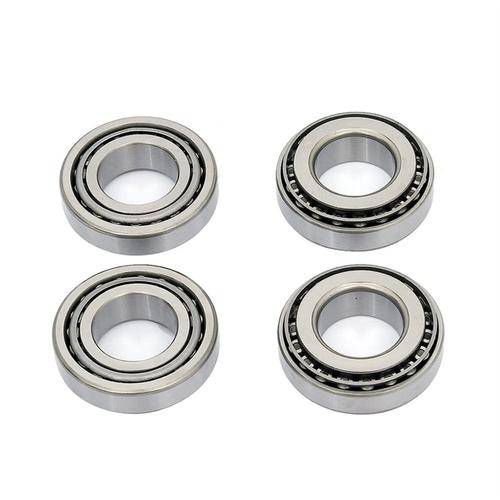Comprehensive Guide to Spherical Roller Bearings: Benefits, Applications, and Selection Tips
Introduction
Spherical roller bearings are critical components in heavy machinery, offering unparalleled performance in demanding environments. Designed to handle high radial and axial loads, these bearings ensure smooth operations across industries like mining, construction, and energy. This article explores their mechanics, advantages, and practical considerations for optimal utilization.
What Are Spherical Roller Bearings?
Spherical roller bearings feature two rows of barrel-shaped rollers guided by a cage, operating within a spherical outer ring. This unique design allows automatic alignment with shaft deflections, making them ideal for applications with misalignment challenges. Their construction enables efficient load distribution, significantly extending equipment lifespan.
Key Advantages of Spherical Roller Bearings
These bearings excel in heavy-load scenarios due to their high radial load capacity and moderate thrust load handling. Their self-aligning capability reduces stress on adjacent components, while advanced sealing options enhance contamination resistance. Industries benefit from reduced downtime and lower maintenance costs through extended service intervals.

Industrial Applications
Mining equipment relies on spherical roller bearings for conveyor systems and crushers. Wind turbine manufacturers utilize them in gearboxes due to their vibration resistance. Paper production machinery and marine propulsion systems also depend on these bearings for reliable high-torque operations.
Types and Classifications
Common variations include CC and CA designs, differing in cage materials and lubrication features. The E-type series offers enhanced load capacity through optimized internal geometry. Sealed (2LS) versions provide superior protection in dusty environments, while high-temperature variants use special heat-treated steel.
Selection Criteria
Consider load magnitude/direction, operational speed, and environmental conditions. Verify dimensional compatibility with housing designs, and evaluate lubrication requirements based on temperature ranges. Always consult technical specifications for dynamic/static load ratings and fatigue life calculations.
Industry Trends and Innovations
Recent advancements include hybrid ceramic rollers for extreme temperatures and smart bearings with embedded sensors for real-time performance monitoring. Eco-friendly lubricants and remanufacturing programs align with sustainable manufacturing initiatives.
Optimizing Performance with Premium Bearings
Our company specializes in ISO-certified spherical roller bearings engineered for maximum reliability. With customizable sealing solutions and comprehensive technical support, we provide bearings that outperform standard market offerings in rigorous industrial applications.
Frequently Asked Questions
Q: How do spherical roller bearings differ from cylindrical types?
A: They accommodate angular misalignment and handle combined loads more effectively.
Q: What causes premature bearing failure?
A: Common issues include improper lubrication, contamination, and excessive vibration.
Q: Can these bearings operate in high-temperature environments?
A: Specialized models with thermal-stable materials function reliably up to 200°C.
Q: How often should lubrication be replenished?
A: Interval depends on operating conditions – consult our maintenance charts for specific guidance.
Conclusion
Understanding spherical roller bearings' capabilities ensures informed decisions for industrial applications. For premium bearings combining durability with technical excellence, explore our product range or contact our engineering team for personalized solutions.




 13869596835
13869596835